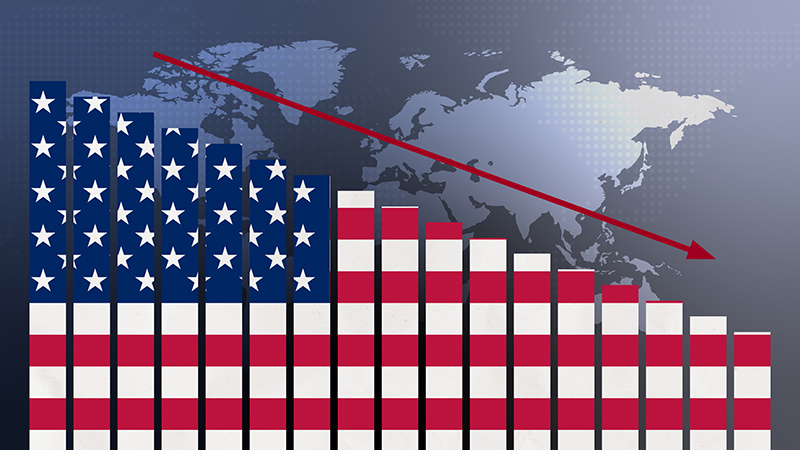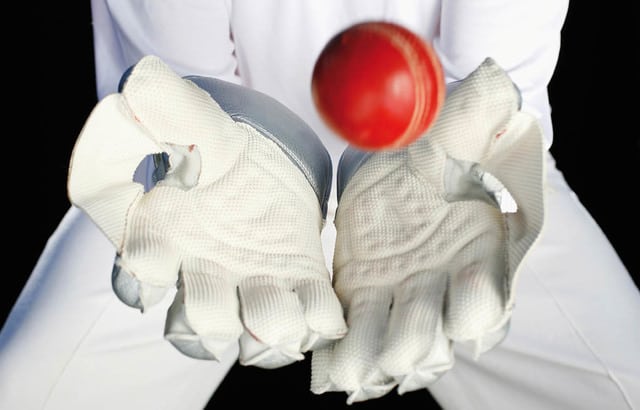A number of events could have been tipped as potential sparks for a downturn, with the US and North Korea locking nuclear horns and faltering Brexit negotiations hitting headlines, yet still markets rise and volatility remains low.
Equity exposure across medium-risk portfolios fell between the first and second quarter of this year on the back of this ongoing uncertainty, with many expecting a correction if not in the short term then almost certainly in the medium.
Faded optimism
It seems the initial optimism at the start of 2017 has wavered slightly. Trustee MPI data showed overall allocation to equities in the average medium or balanced portfolio fell from 51.6% to 50.91% in the second quarter. In contrast, fixed-income exposure increased from 24.3% to 26.61% as investors pre-empted an equity downturn.
It is a view reflected in the movements in Var Capital’s medium-risk portfolios, which have adopted a defensive stance on equities.
CIO Rajat Sharma says: “We feel the equity markets are overvalued and there are imminent geopolitical risks that could lead to a correction. The five-year investment grade credit spreads are also at a historic low. Therefore, we are reducing our risks in both equities and bonds.”
Within its exposure to equities, Var has chosen more defensive stocks rather than cyclical with a higher exposure to telecoms and utilities. Within bonds Var has significantly reduced exposure to high-yield bonds from 14% to about 9% since the start of 2017.
The team has also reduced the duration of its investment grade bonds from six to four years, and switched to bonds that have a better credit quality.
Rate rise risk
Expectations of an interest rate hike, first in the US and then perhaps the UK, has left investors protecting themselves against any changes.
Bath-based Coram Asset Management has also worked to reduce its own exposure to risky equities in its mid-risk global balanced portfolio.
Director James Sullivan says the asset allocation of the portfolio in the second quarter had remained broadly consistent, but they had removed exposure to equity sensitive players such as Aberdeen Asset Management and Polar Capital Asset Management.
A little over 38% of the Coram balanced portfolio is invested in equities, with 32.36% in fixed income.
“Our fixed income exposure continues to be almost exclusively orientated towards very short duration – a strategy that we are looking to retain until the Federal Reserve shows its hand more explicitly in the coming months,” Sullivan says.
For Coram, its defensive stance was reflected further in its allocation to gold and the Japanese yen.
“Our weighting to gold bullion increased modestly, although we hedged out the dollar risk with our latest addition.
“We took profits on our euro cash and reintroduced a currency position in Japanese yen, a currency we regard as a beneficiary of volatility, whether that be in markets or political circles.”
Aside from the equity and bond classes, the TMPI data shows allocation to ‘other’ asset classes rose during the quarter, from 3.7% to 4.08%.
It suggests that managers are increasingly seeking alternative sources of income, and perhaps increasing their allocation to gold, a safe haven for those with a hazy idea of what is to come in the future.
The low-interest environment also encouraged managers to abandon holdings in cash with allocations in medium-risk portfolios down from 8.3% to 7%.











